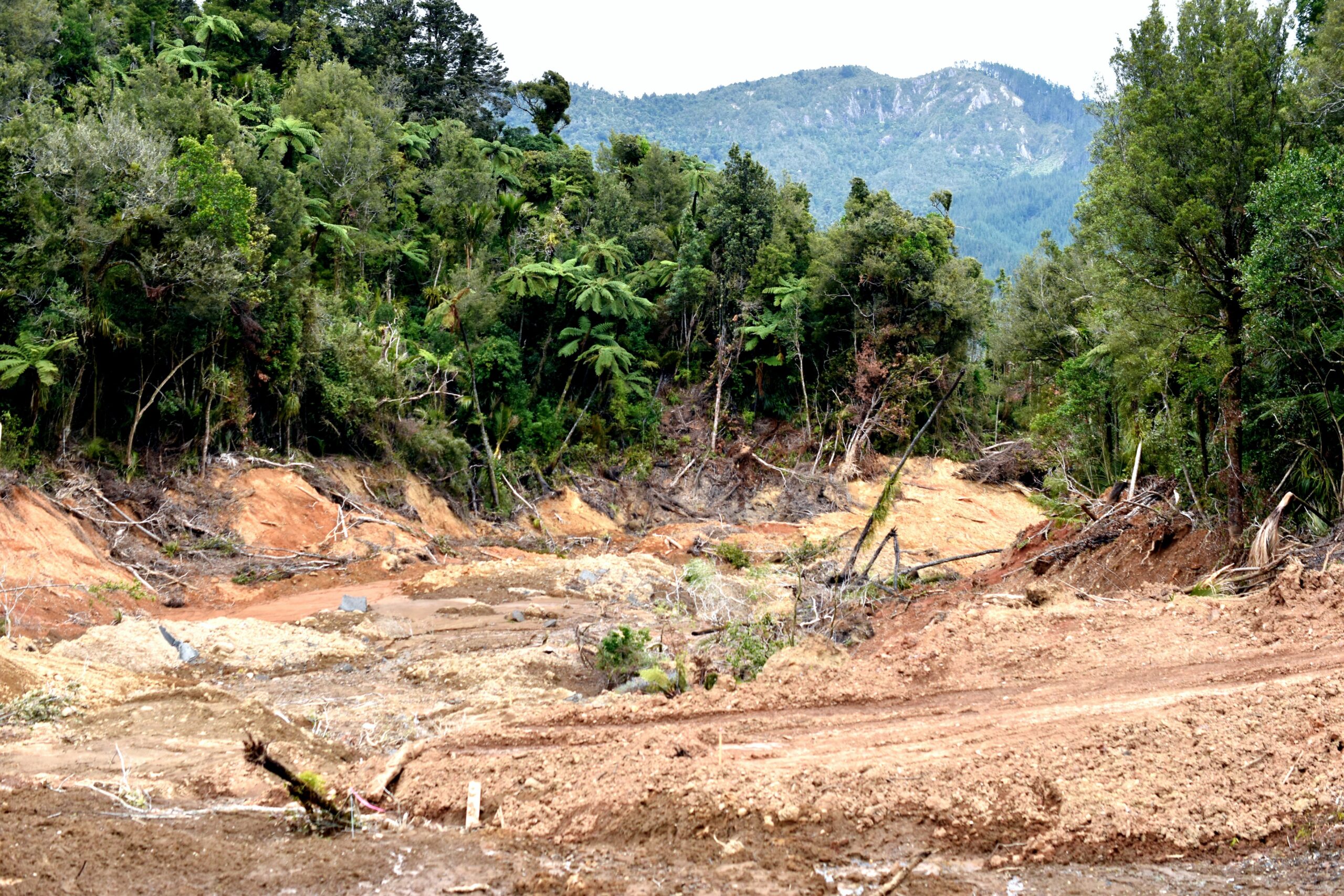Thames-Coromandel District Council is transitioning to its ‘recovery phase’ following eight significant storm events that triggered an emergency response.
The period also saw stress, anxiety, intolerance, blame, and negativity emerge from within the community, but as more repairs and support is seen, council predicts a more positive outlook will soon develop.
Since July, 2022, the Coromandel Peninsula has been battered with heavy wind and rain, causing more than 110 slips, saturated ground conditions, and the loss of a major arterial route.
Cumulative rainfall recorded at the very top of the catchment for January and February totalled 2.5 metres, council said, and its recovery was expected to take “many, many years”.
It will develop a recovery plan which will integrate into council’s overall work programme and provide “the people who live on the Peninsula with clarity, confidence and certainty”.
It will focus on four work streams: thriving businesses; fit for purpose infrastructure; rural and communities support; and the natural environment.
The Recovery Plan is expected to be completed by the end of the month.
Addressing elected members on May 16, recovery lead Stephen Town presented a progress update and said the unusual challenge for council was that it was likely to have more storm events over the next year or two, hampering recovery efforts.
However, he said, certainty helps. Knowing the targeted opening date for State Highway 25A, for example, would allow different communities to make easier decisions.
“We’re still in a bit of a transition, in my observation, of coming out of the response phase and trying to get really focused on what we need to do to deliver as part of our recovery.
“If you think about TCDC being a recreational playground for many people… accessways, cycleways, walking tracks… access for recreational opportunities is really important as part of our transport network.”
In the report, council staff said TCDC would likely be in and out of response mode during the winter months, while also being engaged in recovery activities.
It said that, as with all major disasters, a phase of ‘emotions’ would be felt by affected communities, and once the euphoria of the immediate event was over, a steady increase in disillusionment developed.
“This is often accompanied by widespread psychosocial issues – stress, anxiety, intolerance, blame, negativity – which spread quickly across all sectors of a community,” the report said.
However, council was now heading towards the end of the disillusionment phase, and as more repairs, restoration and support was seen, a more positive outlook would develop.
“The resilience of Coromandel communities has been increasingly tested in the last year – some are affected more than others,” the report said.
“Rural and isolated communities are often seen as the most resilient, but they are often the last to recover and although small in population require additional support with infrastructure repairs and restoration of services. These communities are high priority to install more resilient solutions.”

Since July, 2022, the Coromandel Peninsula has been battered with heavy wind and rain, causing more than 110 slips. PHOTO: ALICE PARMINTER
Cyclone recovery to take ‘many years’




